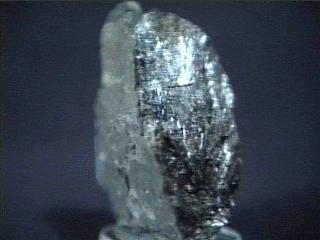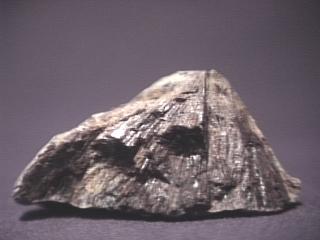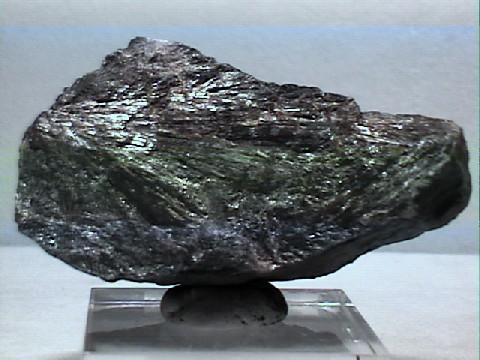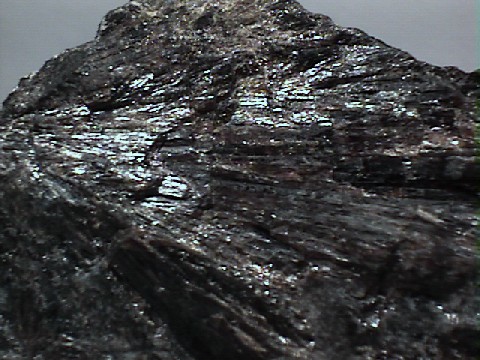 THE MINERAL WOLFEITE
THE MINERAL WOLFEITE
- Chemistry: (Fe, Mn)2PO4OH, Iron Manganese Phosphate Hydroxide
- Class: Phosphates
- Uses: Mineral specimens.
- Specimens
Wolfeite is a rare and obscure mineral.
It is found in altered
granite pegmatites with other rare phosphate minerals.
It is important to note that the iron and manganese ions in wolfeite are in the positive two (+2) oxidation state.
This is a reduced state from most altered iron and manganese minerals that contain these ions in the positive three (+3) oxidation state.
This is important because the presence of wolfeite indicates that the iron and manganese have not undergone extensive oxidation.
Wolfeite may be an intermediate between minerals such as
hornblende which contains iron at a positive two state and higher oxidized phosphates such as
purpurite.
Wolfeite, whose name could easily be confused with both
wolframite and
wulfenite is a nice rare mineral with a rather high luster and interesting color that any collector would love to own.
PHYSICAL CHARACTERISTICS:
- Color is reddish to dark brown.
- Luster is vitreous to adamantine or even greasy.
- Transparency crystals are rarely transparent, but more commonly translucent.
- Crystal System is monoclinic; 2/m
- Crystal Habit is generally prismatic crystals or fibrous aggregates.
- Cleavage is absent.
- Fracture is uneven.
- Hardness is 4.5 - 5
- Specific Gravity is approximately 3.8+ (above average)
- Streak is white.
- Other Characteristics: Crystals are striated vertically.
- Associated Minerals include quartz, feldspars, purpurite, hureaulite, dicksonite and other phosphates found in altered granite pegmatites.
- Notable Occurrences include Custer Co., South Dakota and Palermo Mine, New Hampshire, USA and Bavaria, Germany.
- Best Field Indicators are color, crystal habit, striations, associations and luster.
 THE MINERAL WOLFEITE
THE MINERAL WOLFEITE








